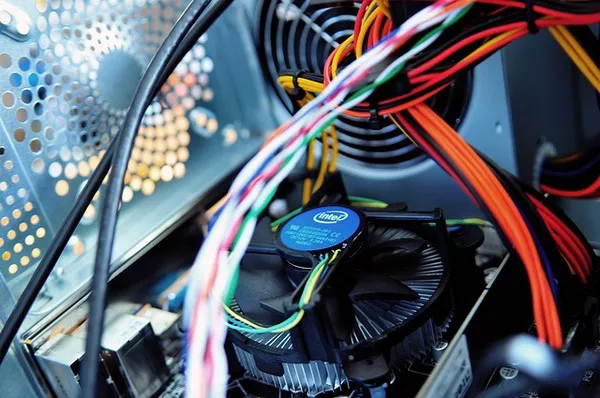Electrical wiring forms the backbone of modern power distribution and connectivity. At the heart of every electric wire lies a fundamental component that enables the flow of electricity, making it an essential part of our daily lives. In this illuminating guide, we unravel the central element that constitutes the main component of electric wire, shedding light on its composition, properties, and pivotal role in electrical systems.
1. The Backbone of Conductivity: The Electrical Conductor
The primary and vital component of electric wire is the electrical conductor. An electrical conductor is a material that possesses the unique ability to facilitate the movement of electric charges, specifically electrons. This property enables the flow of electricity from one point to another, making conductors the lifeblood of electrical circuits.
2. Elements of Conductivity: Common Conductor Materials
Several materials are commonly used as electrical conductors due to their high electrical conductivity. The most prevalent conductor materials include:
1.Copper: Renowned for its exceptional conductivity, copper is a preferred choice for many electrical applications. Its low resistance and relatively high melting point make it ideal for handling electrical currents efficiently.
2. Aluminum: Aluminum conductors are valued for their lightweight nature and cost-effectiveness. While aluminum offers slightly lower conductivity than copper, it remains a popular choice for various electrical installations.
3. Silver: Silver boasts the highest electrical conductivity among common metals. However, its cost and susceptibility to tarnishing limit its widespread use in electrical wiring.
3. The Anatomy of a Conductor: Structure and Composition
Conductors are typically composed of bundles or strands of the chosen material twisted together to form a cable or wire. This twisting enhances flexibility, making the wire easier to install and manipulate. The individual strands collectively contribute to the overall electrical conductivity of the wire.
4. The Importance of Insulation: Safeguarding the Conductor
While the conductor is the central component of electric wire, insulation plays a crucial role in maintaining safety and preventing electrical accidents. Insulation is a protective layer that surrounds the conductor, preventing unintended contact with other conductive surfaces and reducing the risk of short circuits or electrical shock.
5. Harnessing Electromagnetic Fields: A Dual Role
Beyond its primary role in facilitating the flow of electricity, the conductor also interacts with magnetic fields. This interaction is the foundation of electromagnetic induction, a phenomenon used in transformers, motors, generators, and a myriad of electrical devices that underpin modern technology.
6. Gauge and Diameter: Impact on Conductivity
The diameter or thickness of a conductor, often referred to as its gauge, has a direct impact on its electrical resistance and conductivity. Thicker conductors typically have lower resistance and can carry higher currents with less heat generation. Engineers and electricians carefully choose the appropriate conductor gauge for specific applications to ensure optimal performance and safety.
7. Advancements in Conductor Technology: Enhancing Efficiency
Innovation continues to drive advancements in conductor technology. Research and development efforts focus on creating conductors with enhanced properties, such as improved conductivity, reduced energy loss, and greater resistance to environmental factors. These innovations contribute to more efficient electrical systems and a reduced carbon footprint.
In conclusion
The main component of electric wire, the electrical conductor, serves as the conduit through which the power of electricity flows. Its ability to facilitate the movement of electric charges is the cornerstone of electrical systems that power our homes, industries, and technological advancements. Understanding the role, properties, and composition of the conductor illuminates the intricate web of connectivity that underlies modern society, highlighting the indispensable role it plays in our everyday lives.

